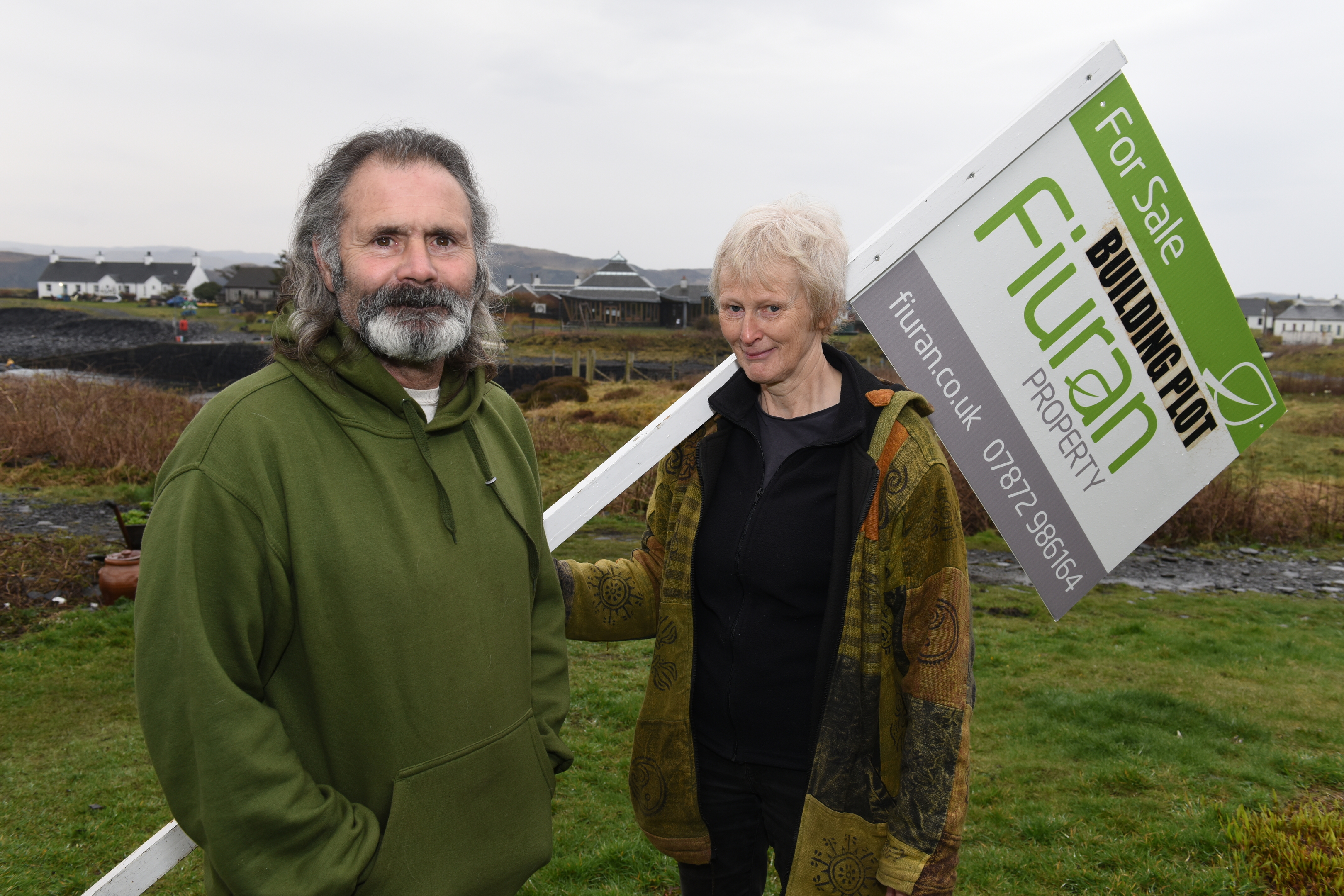
SCOTTISH couples who move home a lot have closer relationships, according to academics.
A study has found couples who are willing to move home are more likely to build their lives around their partner.
Scots are among the most frequent movers in Britain.
Residents in Midlothian move on average every 14.9 years, Edinburgh, every 16.6 years, and Glasgow 16.8 years.
That’s compared to the national average of 23 years.
Most people choose to up sticks in search of a better life, with just a third saying it was because of jobs, family, divorce or bereavement.
The study, led by Dr Beata Nowok, of Edinburgh University’s Institute of Geography, found that partners were the number one priority for those people willing to move and create a new life away from family and existing friends.
“Social ties are one of the most important factors that prevent people from moving,” she said.
“Movers seem to value their partners more highly than stayers, and movers with a sustained desire to move, value them even more than their social lives.
“This may seem intuitive because a partner would probably be the most important social connection that a mover continued to have after relocating, while for stayers other aspects of their social network would not have been ruptured.”
Yesterday psychologist Cynthia McVey said trust in a partner must come first.
“Moving can be a testing time, which can bring about the best in people and the worst,” she explained.
“If you are highly dependent on your neighbours for emotional support, and are not close to your partner then you may be very reluctant to move.
“Certainly if you are already insecure in your partnership and relationship then you would miss, and worry about those you socialise and confide in.
“However if you are very confident and secure with your partner, and you get lots of support from them, and your partner says,‘let’s move to the country and try that out’, you are more likely to say ‘yes.’
“It must be a compliment to the existing relationship to be willing to move, and it can even bring you closer together.”
More than 15,000 people took part in the 12-year long British Household Panel Survey.
Volunteers were asked about any moves they had made, or planned and, reasons why.
They found that quality of life was among the most common reason given for what can be a huge upheaval to family life.
“Dissatisfaction in the housing domain was the most powerful trigger both for ‘desire to move’ and also for actual migration.”
The study in the journal Urban Studies said people whose “social life is less important for their overall life satisfaction” were most likey to move, rather than just talk about it.
Afterwards they reported improved wellbeing in all areas of life satisfaction, including relationships.
However, despite the majority of people being much happier after the move, one in 10 soon come to regret it.
And even the most satisfied homemaker was ready to move again, within five years, as they and their family outgrew their new homes.
“Five years after migration, housing satisfaction is similar to the levels recorded initially, said McVey.
“This could be a logical outcome when a ‘new home’ no longer matches a mover’s needs – for example if a couple experience the growth of their family as a result of having more children.”
We love our life. We love change. Who knows where we’ll move next? next?
B&B owner Ruth Barratt is moving home for an incredible 18th time.
She is in the process of selling her business and home on the island of Easdale in Argyll and moving back to the mainland.
A former Royal Navy weapons analyst, Ruth, 58, clocked up six moves as child.
After getting married she and her former husband bought a home
in Hexham, Northumberland, and then moved again after having the first of their four children.
Her husband worked in residential homes in Ayrshire, Kent, Hertfordshire, and then Galloway, taking the tally up to the late teens. Even after divorcing, Ruth continued to be the exception proving the rule that people who move around a lot build closer relationships.
She and partner Dughall Macleod love the feeling of change and moved to Easdale, which has a population of just 60, after a spell in Bankfoot, Perthshire.
Ruth said: “With Dughall, this will be our second move within five years.
“But we are both keen on it and we are together on it.
“I don’t think of it as being supportive as such, it is just living life together.”
Ruth, who hasn’t decided on where to move to yet, added: “I am one of these people who doesn’t really get stressed.
“I just take things as they come.
“The only stressful thing about moving is the state I am actually in at the moment, which is where you want to find the ideal house.
“You are looking constantly. I just love change, I suppose.
“All through my childhood we were moving, and through my adult life.
“So I never felt that I belonged anywhere.
“People say to me where are you from? That depends on the question…
“I don’t belong anywhere.”

Enjoy the convenience of having The Sunday Post delivered as a digital ePaper straight to your smartphone, tablet or computer.
Subscribe for only £5.49 a month and enjoy all the benefits of the printed paper as a digital replica.
Subscribe